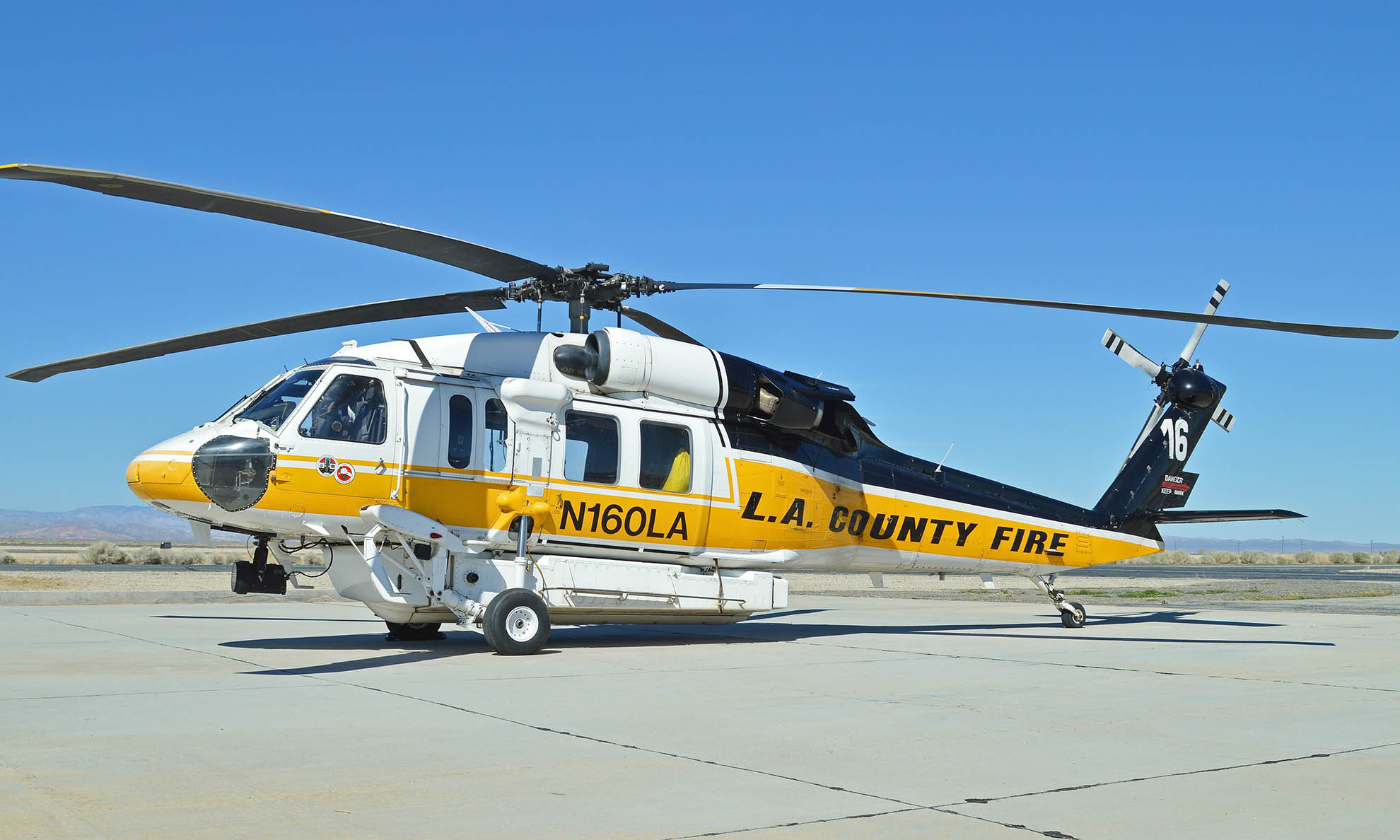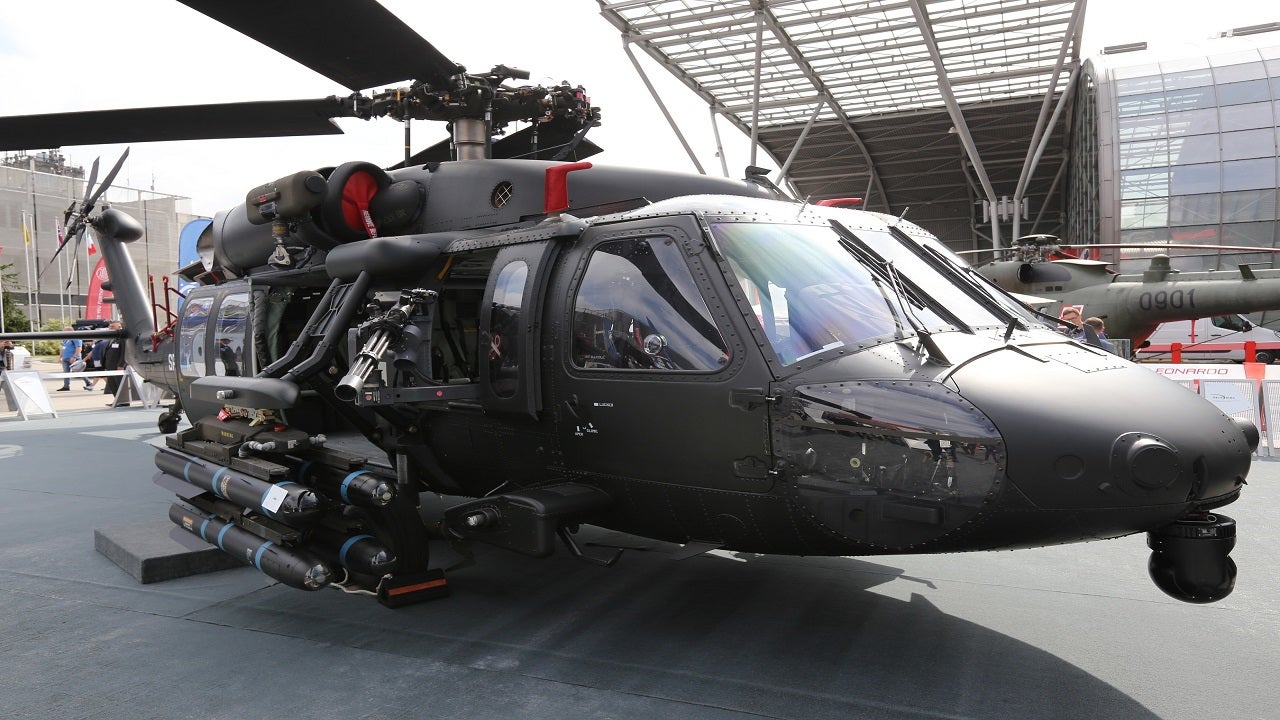Sikorsky S 70: Revolutionizing Tactical Procedures with Cutting-Edge Innovation
Wiki Article
High-Performance Multi-Role Rotorcraft Featuring Advanced Cockpit Technologies and Integrated Sensing Unit Equipments
The world of rotorcraft modern technology has seen noteworthy innovations in current times, especially in the world of high-performance multi-role rotorcraft furnished with sophisticated cockpit innovations and seamlessly integrated sensing unit systems. In the following discussion, we will certainly explore the development of rotorcraft technology, dig into the realm of sophisticated cockpit developments, and take a look at the ramifications of incorporated sensor systems on the operational adaptability and performance of modern rotorcraft.Evolution of Rotorcraft Technology
The advancement of rotorcraft technology has been noted by substantial improvements in the rules of aerodynamics, materials, and propulsion systems, shaping the abilities and efficiency of modern-day rotorcraft. Aerodynamic improvements have boosted the performance and maneuverability of rotorcraft, permitting for enhanced speed, agility, and security during trip (sikorsky s 70). Advancements in materials, such as making use of composite materials and progressed alloys, have actually brought about lighter yet stronger rotorcraft structures, improving general efficiency and sturdiness. In addition, improvements in propulsion systems, including much more powerful engines and ingenious propulsion innovations, have actually made it possible for rotorcraft to achieve higher altitudes, faster rates, and higher payloads.These developments have not only changed the capabilities of rotorcraft yet have likewise broadened their applications across numerous industries, including military, business, and emergency situation solutions. The constant evolution of rotorcraft modern technology remains to drive development in the area, pressing the borders of what is feasible and shaping the future of vertical flight.
Advanced Cabin Innovations
Structure upon the fundamental innovations in aerodynamics, products, and propulsion systems, the world of rotorcraft modern technology now moves emphasis towards pioneering Advanced Cabin Innovations. The combination of advanced modern technologies within the cockpit environment plays an essential duty in boosting the functional capabilities, security, and efficiency of modern rotorcraft. sikorsky s 70. Advanced Cockpit Innovations incorporate a vast variety of features designed to supply pilots with enhanced situational awareness, streamlined information administration, and user-friendly control interfacesAmong the essential advancements in cabin style is the execution of glass cabins, which replace traditional analog gauges with high-resolution screens. These digital systems supply personalized formats, real-time data integration, and boosted readability, allowing pilots to gain access to important info at a glimpse. Moreover, advanced avionics systems, such as fly-by-wire controls and increased fact screens, are revolutionizing exactly how pilots connect with the airplane, permitting for precise control and improved decision-making capabilities.


Incorporating sophisticated cabin developments not just boosts pilot efficiency but additionally contributes to general mission efficiency and security in complicated functional settings. By leveraging modern technologies within the cockpit, rotorcraft suppliers are setting brand-new standards for operational excellence and goal success.
Integrated Sensor Solutions
With the development of rotorcraft technology, the combination of advanced Integrated Sensor Solution has actually come to be paramount in boosting operational efficiency and security. These Integrated Sensor Solutions incorporate a broad range of innovations that give crucial data for numerous features such as navigation, security, targeting, and ecological monitoring. By perfectly integrating sensing units like radars, cams, lidar, and infrared systems right into rotorcraft, operators can take advantage of improved situational recognition, enhanced goal capabilities, and reduced pilot work.One secret benefit of Integrated Sensing unit Equipments is their capability to collect real-time data additional resources and provide actionable insights to pilots and goal operators. Progressed radar systems can find and track targets over long ranges, allowing for very early risk detection and reliable reaction preparation. In addition, incorporating infrared and electro-optical electronic cameras makes it possible for rotorcraft to conduct reconnaissance and surveillance missions with precision and accuracy.
Essentially, the integration of innovative sensing unit technologies into rotorcraft not just improves functional efficiency yet likewise adds dramatically to general objective success and crew security. As rotorcraft continue to advance, the role of Integrated Sensing unit Equipment will unquestionably remain at the leading edge of technology in the aerospace market.
Functional Versatility and Performance
Enhancing functional convenience and efficiency in rotorcraft is an all-natural progression from the integration of advanced Integrated Sensor Equipments. By leveraging the information and understandings given by these advanced sensing unit systems, rotorcraft can enhance their performance across various missions and settings.Functional convenience includes the ability of rotorcraft to adapt to various duties and circumstances successfully. With innovative cabin technologies and incorporated sensor systems, rotorcraft can flawlessly change in between jobs such as search and rescue, medical evacuation, security, and a lot more. This adaptability enhances the rotorcraft's capacity to fulfill diverse functional needs without requiring substantial reconfiguration.
Efficiency in rotorcraft procedures is crucial for maximizing objective efficiency and resource application. Integrated sensor systems play a critical function in enhancing operational performance by supplying real-time data on weather, terrain mapping, target tracking, and more. This data allows pilots to make enlightened choices promptly, maximize trip paths, preserve fuel, and enhance general objective productivity.
Influence on Modern Aeronautics Workflow

Moreover, the assimilation of sophisticated sensing units facilitates boosted mission planning and execution, enabling rotorcraft to carry out a large range of tasks with enhanced accuracy. From search and rescue procedures to airborne firefighting and law enforcement objectives, the capacities of modern rotorcraft equipped with innovative cockpit modern technologies and integrated sensing unit systems are exceptional.
Moreover, the effect of these developments expands beyond operational performance to cost-effectiveness and sustainability. By enhancing flight courses, fuel intake, and upkeep timetables, high-performance rotorcraft geared up with innovative cabin technologies and sensors add to reducing operational costs and ecological impact, making them vital possessions in modern-day air travel procedures.
Verdict
Finally, the high-performance multi-role rotorcraft with sophisticated cockpit modern technologies and incorporated sensing unit systems represents a considerable evolution in aviation innovation. These advancements improve operational flexibility and effectiveness, eventually affecting modern-day aviation operations in a positive method. The combination of these innovative modern technologies permits for boosted capacities and performance in different goal circumstances, showcasing the continued improvement of look these up rotorcraft innovation in the aviation industry.The world of rotorcraft innovation has actually seen notable improvements in recent times, specifically in the world of high-performance multi-role rotorcraft equipped with advanced cabin modern technologies and seamlessly integrated sensor systems. From improved mission versatility to boosted functional performance, the merging of sophisticated cockpit innovations and incorporated sensing unit systems has actually ushered in a brand-new era of opportunities for rotorcraft applications. In the adhering to discussion, we will certainly check out the advancement of rotorcraft technology, dive into the realm of innovative cockpit technologies, and check out the implications of incorporated sensor systems on the functional adaptability and performance of modern-day rotorcraft.

Report this wiki page